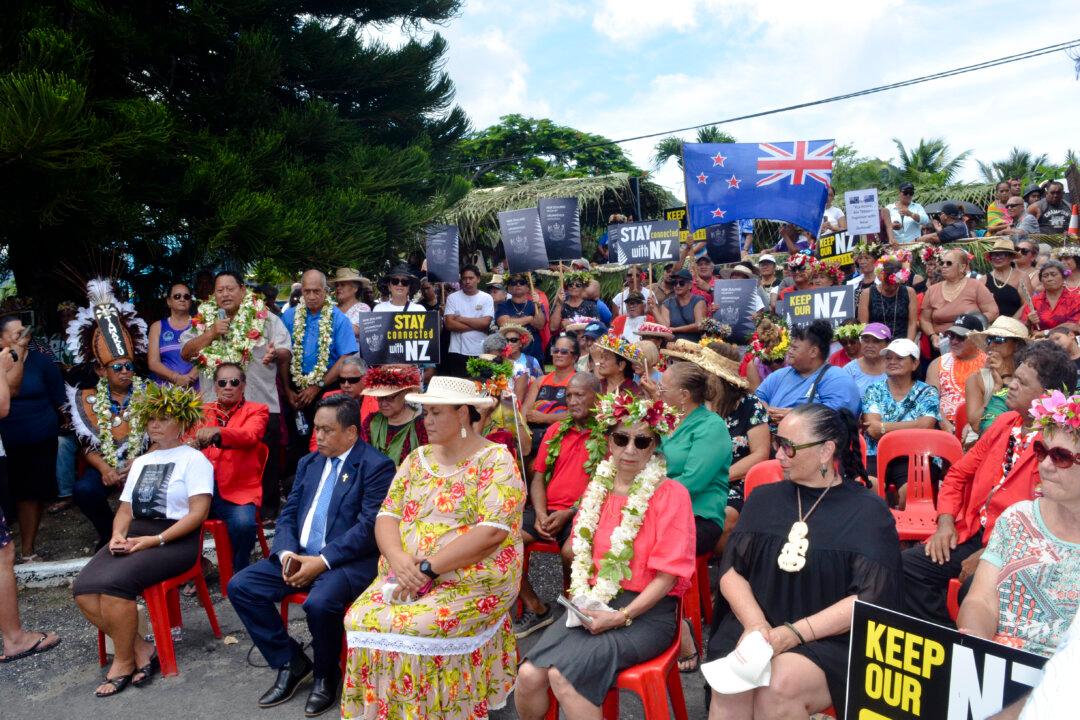JAMMU, India—India has accused Pakistan of ceasefire violations along the disputed border in Jammu and Kashmir after fierce military clashes on Nov. 13.
Five Indian soldiers and six civilians were killed in cross-border shelling, while 11 Pakistani soldiers and four civilians died, the Jammu-based newspaper Daily Excelsior reported.





